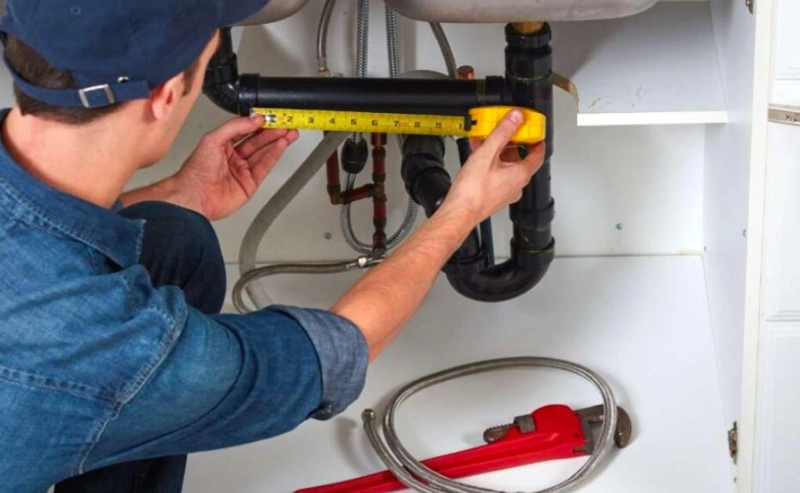Plumbing systems are the lifelines of our homes and buildings, ensuring the efficient supply of water and the removal of waste. However, leaks and pipe damage can disrupt the functionality of these systems, leading to water wastage, property damage, and expensive repairs. Thankfully, advancements in plumbing technology have introduced innovative solutions such as leak detection, pipe relining, and Aquapea, revolutionising the way we address these issues. In this blog, we will explore these three remarkable innovations and how they are transforming the plumbing industry.
Leak Detection:
Leaks are one of the most common plumbing problems, often hidden from plain sight and causing significant damage over time. Traditional leak detection methods often involve invasive techniques and guesswork. However, modern leak detection technologies have made the process more efficient and accurate.
One such innovation is the use of electronic leak detection devices. These devices use advanced sensors and acoustic technology to detect leaks within pipes. They can quickly identify leaks, even in hard-to-reach areas, without the need for destructive digging or extensive investigation. By pinpointing the exact location of leaks, plumbers can minimise damage and carry out precise repairs, saving time, money, and resources.
Pipe Relining:
Traditional pipe repairs often involved extensive excavation and replacement of damaged pipes, causing significant disruption and expense. However, pipe relining has emerged as a cost-effective and less invasive alternative. This innovative technique involves creating a new pipe within the existing damaged pipe, eliminating the need for extensive excavation.
The process begins with a thorough cleaning of the damaged pipe, removing any obstructions and debris. Then, a flexible liner coated with a special epoxy resin is inserted into the pipe. This liner is inflated, and the resin cures, creating a durable, seamless pipe within the old one. The result is a smooth and long-lasting pipe that restores the flow and prevents further leaks or damage.
Pipe relining offers several advantages over traditional pipe replacement. It requires less time, as there is no need for extensive excavation, and it is less disruptive, as it minimises damage to landscapes and structures. Additionally, it is a cost-effective solution, providing significant savings compared to traditional pipe replacement methods.
Aquapea:
Aquapea is an exciting innovation in plumbing that aims to reduce water consumption while maintaining optimum performance. It is a water-saving device designed to regulate water flow in plumbing fixtures such as taps, showers, and toilets.
Aquapea operates on the principle of flow regulation by controlling the water pressure and flow rate. It ensures that the desired amount of water is delivered while reducing unnecessary waste. By restricting the flow, Aquapea conserves water without compromising user comfort or the efficiency of plumbing fixtures. This innovative device has the potential to make a substantial impact on water conservation efforts, leading to reduced water bills and environmental sustainability.
Conclusion: As technology continues to advance, the plumbing industry has witnessed remarkable innovations in leak detection, pipe relining, and water-saving devices like Aquapea. These advancements have revolutionised the way we detect and repair leaks, minimise disruption during repairs, and conserve water resources. With their effectiveness, efficiency, and cost-effectiveness, these innovations not only improve the functionality of plumbing systems but also contribute to environmental sustainability. By embracing these innovative solutions, we can ensure the longevity and efficiency of our plumbing infrastructure while reducing our impact on the environment.



